Reliability pattern using queues and scopes

Introduction
In modern integration architectures, ensuring the reliability of data processing is paramount. Using queues and scopes in Mule 4 provides a robust strategy for managing the flow of messages and handling errors effectively. This pattern helps maintain data integrity, supports fault tolerance, and enhances the overall responsiveness of applications.
Until Successful:
- Retry Logic:
- Implement retries for unstable database connections to improve reliability.
- Maximum Retries: 3 attempts.
- Retry Interval: 5 seconds between attempts.
- Retry Mechanism for Improved Reliability:
When a problem occurs, it's important to inform the client to retry the request after some time. This retry mechanism allows the application to automatically attempt to reconnect before giving up. By implementing this approach, we increase the chances of successfully processing the request, especially in scenarios where network issues may cause temporary failures. This proactive strategy helps ensure a smoother user experience and minimizes frustration.
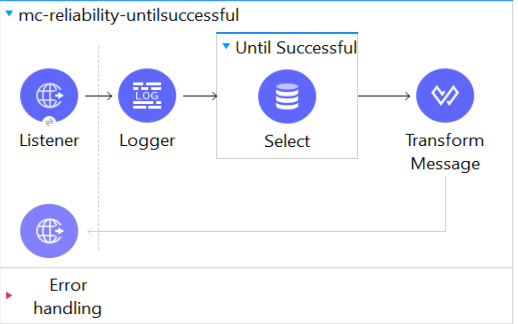
Stop SQL Server:
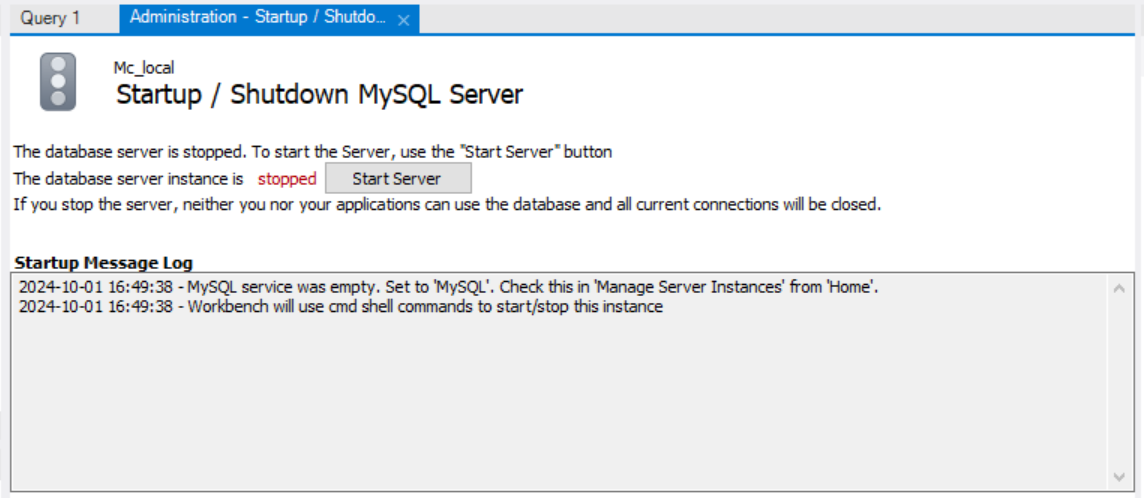
Connectivity Error:

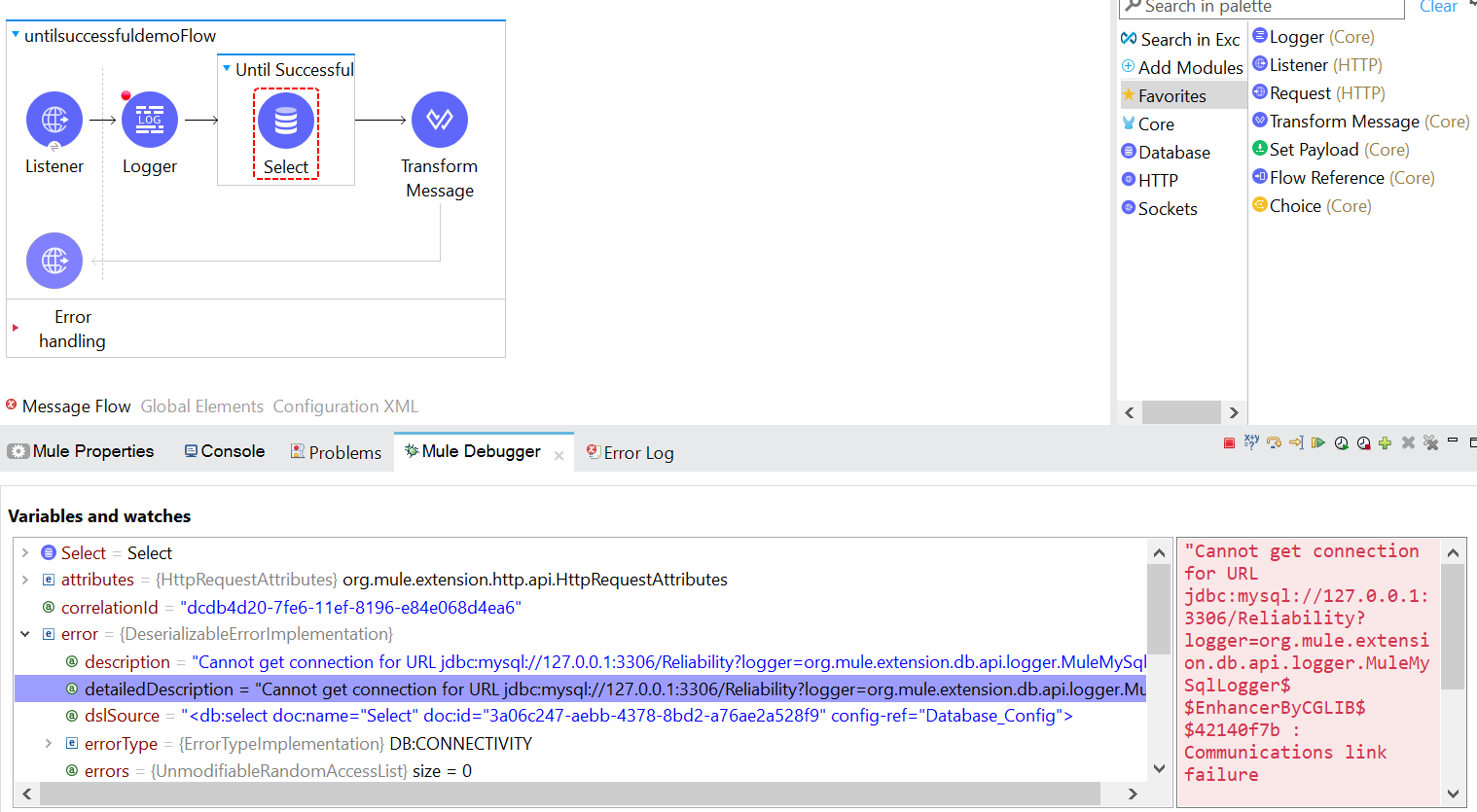
DB Reconnection Strategy:
In Db Configuration on Advanced there is something called as Reconnection Strategy. By default the Strategy is set as None.
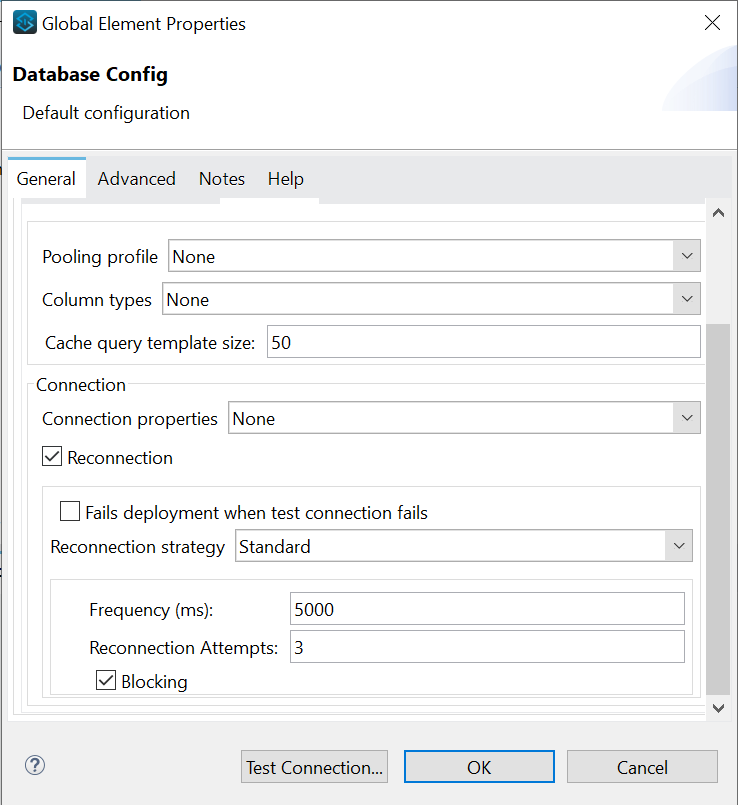
Here I didn’t select the Fails deployment when test connection fails it means the deployment will be successful even though the test connection fails.
- Service Level Agreement (SLA):
- Consider there is a service level agreement provided by client. We need to do the Configuration based on that
- Ensure responses are delivered within 10 seconds.
- Adjust retry settings to comply with the SLA:
- Revised Configuration:
- Maximum Retries: 2
- Retry Interval: 3 seconds.
- Configuration Tips:
- Monitor: Track failed attempts and successes to refine the strategy.
- Adaptive Timing: Use exponential backoff to manage retries.
- User Feedback: Inform users about ongoing requests to keep them engaged.
- Conclusion:
- A well-defined reconnection strategy enhances user experience and trust.
- Regularly adjust configurations based on performance and conditions.
Reliability Pattern: Http to VM
- Http Listener to VM Queue:
Messages from the HTTP listener are directed to a VM queue.
These messages remain accessible for subsequent processing within the main flow.
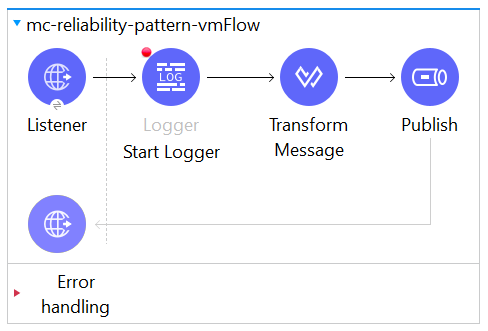
- Transactional Message Handling:
- Messages are retrieved from the VM queue transactionally.
- If an error occurs during processing, the operation is rolled back, allowing the message to be reprocessed.
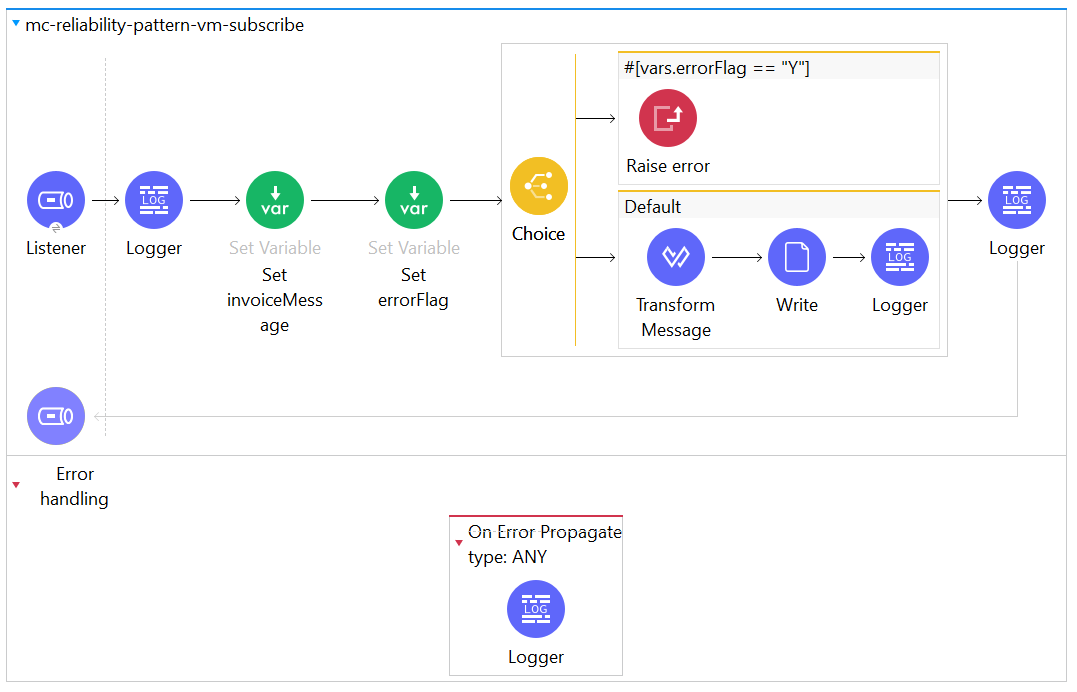
Number of Consumers:

Redelivery:
A key feature of this MuleSoft configuration is the redelivery policy associated with the VM listener. This policy is crucial for enhancing the reliability of message processing.

- Transactional Action Setting: The VM listener is configured with a transactional action set to ALWAYS_BEGIN. This means that each time a message is processed, it is wrapped in a transaction.
- Atomic Operations: If any part of the processing flow fails—whether it's during message consumption, transformation, or writing to a file—the entire transaction can be rolled back. This ensures that no partial updates are made, preserving the system's state.

Validate API Responses:
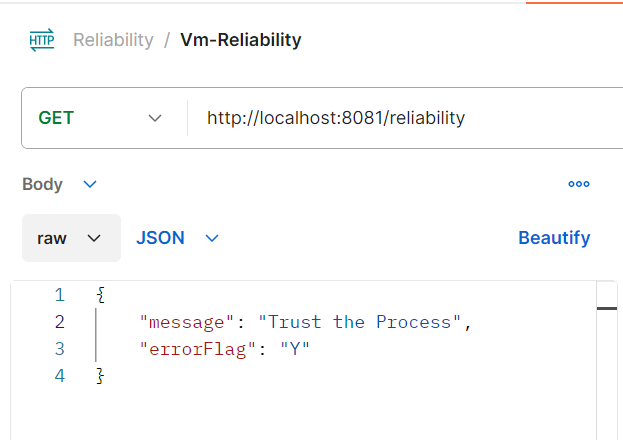
- It shows that this message is available for reprocessing. This reoccurrence of this particular error shows that the same message is still available within the memory and it can be utilized depending on our further logic.

- VM Queues: The setup includes two VM queues:
- Transient Queue: Used for temporary message storage during processing.
- Persistent Queue: Designed for messages that require long-term storage.
- Message Transformation: Upon receiving a message, the flow transforms the payload into JSON format, preparing it for further processing.
- Transactional Processing: The VM listener processes messages in a transactional manner. This means that if an error occurs during processing, the system can roll back changes and attempt reprocessing, ensuring that no messages are lost.
- Conditional Logic: The flow incorporates conditional checks to handle error flags. If an error is detected, a custom error is raised. Otherwise, the message is transformed again and written to a specified file path.
- Error Handling and Logging: Comprehensive error handling ensures that any issues are logged for easy troubleshooting, while completion messages provide visibility into the flow's execution.
Try Scope:
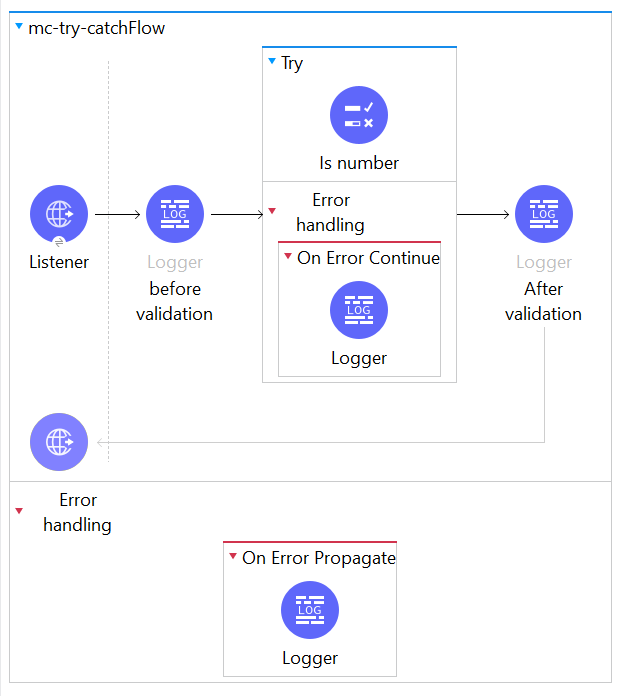
The try-catch mechanism in MuleSoft flows is essential for robust error handling and data validation. It enables graceful recovery from errors, allowing the flow to continue processing without failing entirely. This is particularly useful for validating incoming data, such as checking whether a payload is a valid number, thereby preventing subsequent processing steps from encountering issues due to invalid input. Additionally, it facilitates comprehensive logging, which aids in debugging and monitoring the application's health by providing insights into error occurrences. By separating error handling logic from the main flow, the try-catch pattern enhances code readability and maintainability while allowing for flexible flow control. This approach is applicable in various scenarios, such as API input validation, database operations, and external service calls, making it a critical practice for building resilient and user-friendly APIs.
Async:
Reliability in Asynchronous Processing
- Non-blocking Execution:
- Asynchronous processing allows flows to execute tasks without blocking the main thread, enabling other tasks to run concurrently and improving resource utilization and responsiveness.
- Improved Performance:
- Using components like the Async scope or Batch processing, you can handle multiple requests simultaneously, increasing throughput, especially in high-volume scenarios.
- Error Handling:
- Robust error handling is essential. Errors in async operations can be managed without disrupting the main flow, ensuring reliability.
- Retries and Backoff:
- Configuring retries with exponential backoff for failed async operations helps resolve transient errors automatically.
Cache:
Reliability in Caching
- Reduced Latency:
- Caching frequently accessed data decreases the need for repeated API calls, enhancing performance.
- Increased Resilience:
- Caching allows the application to function even if the original data source is unavailable, ensuring continuity.
- Consistent Data Retrieval:
- Caching ensures that repeated requests return the same data, critical for operations requiring consistency.
- Configurable Expiration:
- MuleSoft’s caching allows you to set expiration policies to refresh stale data as needed, balancing performance with accuracy.
Combining Async and Cache for Enhanced Reliability
- Performance Optimization: Asynchronous calls can quickly access cached data, reducing delays.
- Fault Tolerance: Cached responses can reduce dependency on external services, mitigating service failure impacts.
- Scalability: This combination supports higher loads while maintaining responsiveness.
Conclusion:
Integrating queues and scopes in Mule 4 enhances the reliability of data processing by enabling asynchronous operations, robust error handling, and transactional support. This combination allows applications to manage high volumes of data efficiently while ensuring fault tolerance and maintaining data integrity. By adopting this reliability pattern, organizations can build resilient and scalable integrations that meet their business needs.